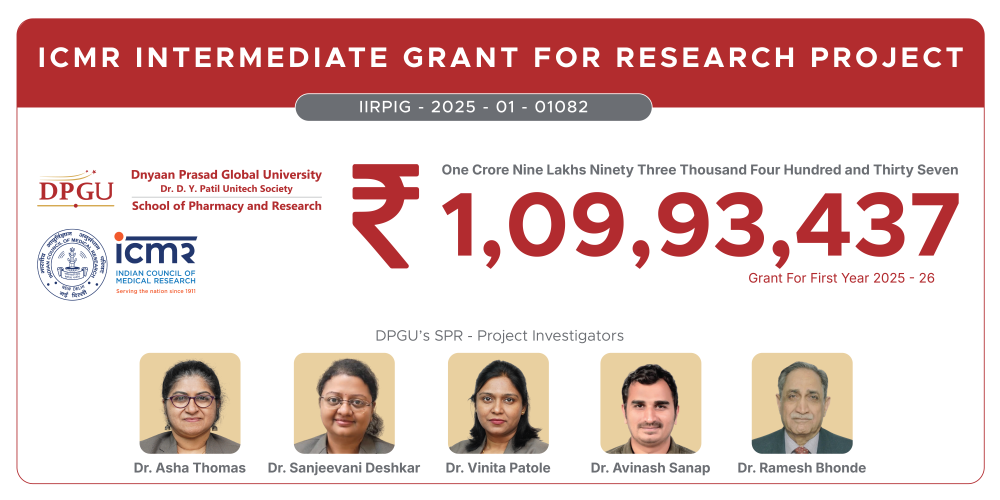How Microplastics Create Habitat for Infectious Disease Vectors
November 01, 2022 | Tuesday | Views | By Dr Manbeena Chawla
Stagnant pools of water generated by plastic waste can promote waterborne diseases
Image credit: gettyimages
Plastics have been a well-known environmental pollutant for decades. Unfortunately, it hasn't been linked with the growing burden of infectious diseases. Research indicates that such pollution can directly influence arthropod-borne diseases by generating suitable habitats for their vectors. For instance, the accumulation of plastic debris can clog water drainage, leading to a flood of stagnant water after heavy rains. Resulting pools can serve as a breeding ground for disease vectors such as Anopheles mosquitoes, potentially increasing the malaria burden of an area.
Not only do discarded plastics provide a suitable breeding ground for mosquito larvae, but they also can provide shelter for other arthropods, such as triatomine bugs responsible for Chagas disease.
Similarly, stagnant pools of water generated by plastic waste can promote waterborne diseases such as trematodiasis, dracunculiasis, schistosomiasis, lymphatic filariasis, and many more. Macroplastic debris can also create suitable habitat for molluscs, with the potential to locally increase disease burden. A plethora of organisms can build up complex biofilms to rapidly colonise floating plastic.
Researchers in the US have found that pathogens from land can hitch a ride to the beach on microscopic pieces of plastic, providing a new way for germs to concentrate along coastlines and travel to the deep sea.
This is simply because plastic waste can absorb organic matter and biomolecules which is beneficial for the survival of microorganisms. Also, the enrichment of antibiotic resistance genes and horizontal gene transfer between microorganisms on the surface of plastic waste could promote the survival and enrichment of pathogens. However, compared with bacteria, viruses on plastic waste have been ignored all this while.
Now, scientists in the UK have proven for the first time that viruses can survive and remain infectious by binding themselves to plastics in freshwater, raising concerns about the potential impact on human health. Rotavirus, which causes diarrhoea and stomach upset, can survive for up to three days in lake water by attaching itself to the surfaces of tiny beads of plastic pollution, called microplastics.
These microplastics are so small that they could potentially be ingested by anyone swimming near the beach. After all, it does not take many virus particles to make you sick. In fact, the recent extreme use of personal protective equipment (PPE) i.e., masks, face shields, gowns, and gloves has become a major source of microplastics pollution.
On the other hand, studies have suggested that microplastic presence in our respiratory or gastrointestinal tracts has the potential to interact with SARS-CoV-2, and potentially increase viral infectivity and further spread COVID-19.
Considering the rapidly growing generation of plastic waste, the burden caused by these infectious diseases will probably rise. Studies have predicted that by 2050, 70 per cent of the world’s population will live in urban areas and without adequate effective waste management strategies, especially in tropical areas, more people will likely be exposed to infectious diseases.
On the whole, the influence of plastic waste on infectious disease maintenance and emergence is being underestimated. This lack of knowledge and understanding begs a dedicated transdisciplinary and transboundary approach to this problem. Considering the ever growing nature of the problem, scientific evidence is critical and requires dedicated funds and plastic-aware epidemiologists across the globe.
Another initiative is stepping up research on newer technologies. Although molecular spectroscopy solutions such as Laser Direct Infrared (LDIR) chemical imaging and Fourier Transform Infrared (FTIR) spectroscopy technology are favoured by research scientists for the initial analysis of microplastics due to the resulting high-quality imaging and spectral data, other options such as a combination of optical tweezers and Raman spectroscopy might yield better results.
Dr Manbeena Chawla
Executive Editor, BioSpectrum










